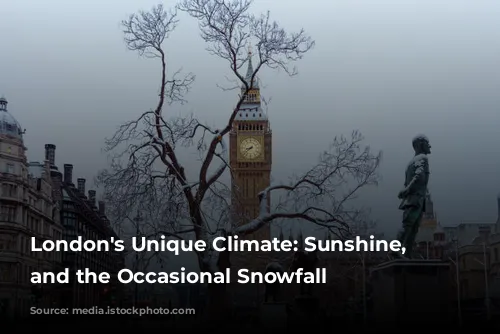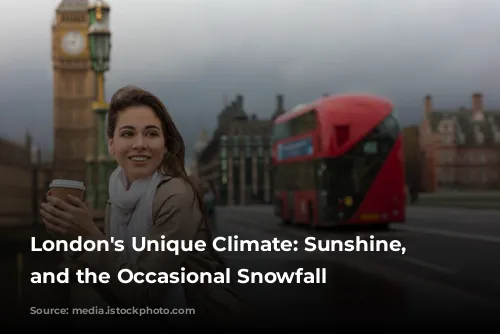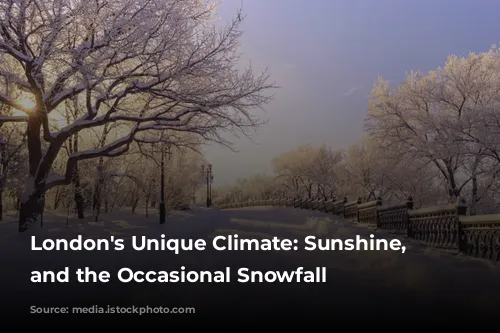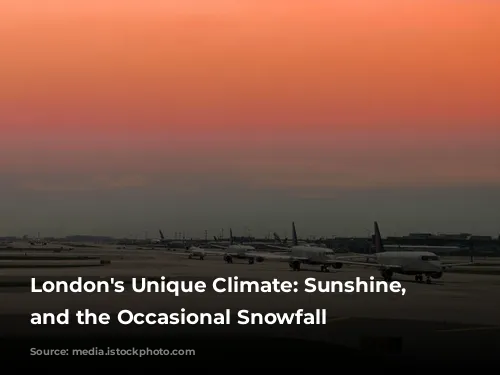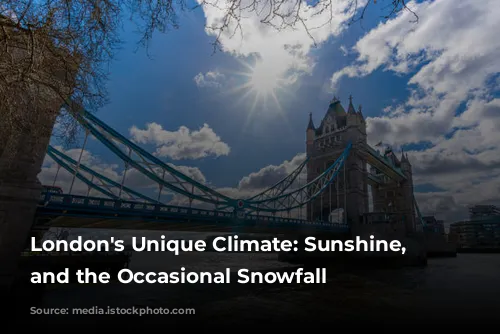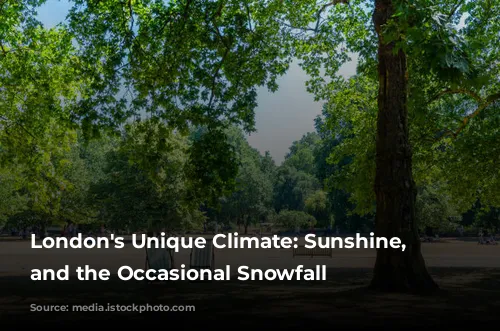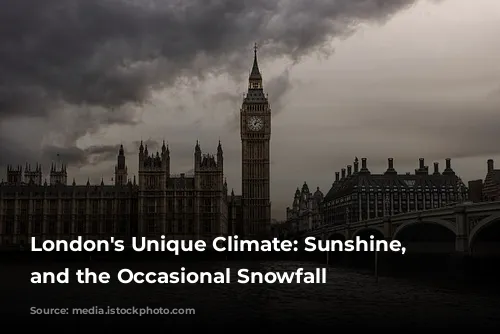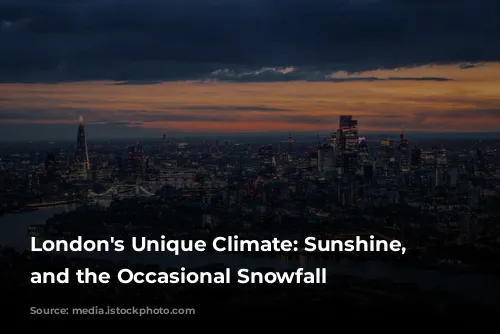London, a city known for its rich history and bustling energy, also boasts a distinctive climate. Nestled at a latitude of 51°30’ North, the city experiences a unique interplay of sunshine and rain, with occasional dips into freezing temperatures. Understanding London’s weather patterns is essential for any visitor or resident, as it significantly influences daily life.
The Tale of Two Seasons: Short Days and Long Nights
Imagine living in a city where the sun rises late and sets early, especially during winter. This is the reality for Londoners, who experience significantly shorter days during the colder months. As the clocks shift back in late October, the days grow noticeably shorter, signaling the arrival of winter. By December, the sun barely rises before 8 am and sets before 4 pm, leaving many people commuting to and from work in the dark. This lack of daylight can be a challenge, particularly for those accustomed to sunny climates.
On the other hand, summer in London is characterized by long days and short nights. The sun rises as early as 4 am, with birds chirping even earlier. This early sunrise can make it difficult to get a good night’s sleep, especially with sunshine streaming through the bedroom window. And as the days stretch on, the sun sets late, around 9:20 pm in June. While beautiful, these long days can disrupt sleep patterns, especially for families with young children.

A Surprisingly Temperate City
Despite its northern latitude, London enjoys a surprisingly temperate climate. Thanks to the warm Gulf Stream, which pulls warm water from the Caribbean up to Western Europe, London experiences relatively mild temperatures compared to other cities at similar latitudes. This means that London seldom faces extreme cold during winter or scorching heat during summer. The average daytime temperature in January hovers around 8°C (46°F), with an average high in July reaching 22°C (73°F). Of course, there are always exceptions, with some summer days exceeding 25°C (77°F) or even 30°C (86°F). However, these hot spells are usually short-lived.
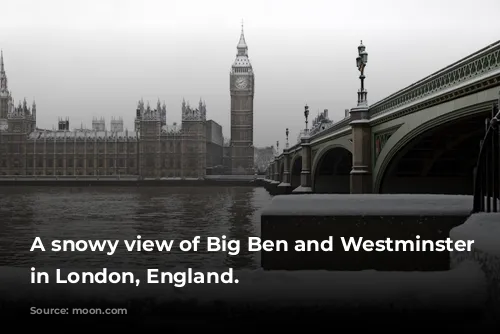
Rain, Rain, Go Away
One of London’s most defining features is its frequent rainfall, which seems to occur throughout the year. While the average rainfall is not exceptionally high, at around 23 inches/58 centimeters annually, rain clouds appear to hover over the city with surprising regularity. Most often, the rain falls as a gentle drizzle, making a small umbrella or a shower-proof jacket essential for everyday life. Occasionally, London experiences a thunderstorm, with heavy downpours, but generally, the rain is light and consistent.
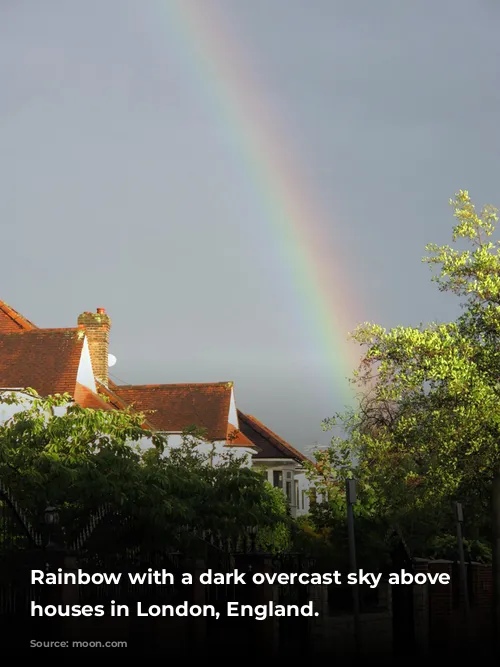
The Unexpected Snowfall
Although snow is uncommon in London, it can bring the city to a standstill when it does occur. The city’s dense population and infrastructure, combined with the lack of widespread snow-driving experience, make even a small snowfall a significant event.
Snowfall is rare in London, partly due to the heat generated by the city’s buildings and vehicles, which keeps temperatures above freezing. However, when temperatures do dip low enough, it can disrupt transportation and daily life. The Underground, often called the “Tube,” which is mostly underground in the city center, becomes vulnerable to snow and ice as lines travel above ground in the outskirts.
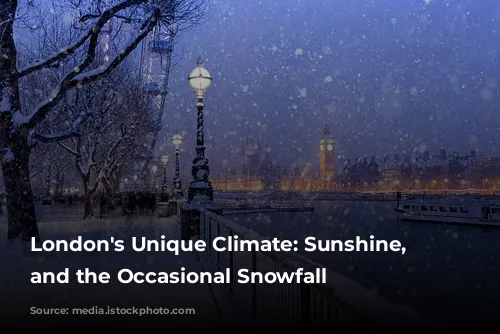
Prepare for Winter’s Bite
Snow and freezing temperatures can disrupt London’s transport system, with icy rails causing delays and cancellations. But road traffic is most affected by snowfall. Even a small amount of snow can create significant traffic congestion, as drivers unfamiliar with winter conditions often struggle to handle slippery roads.

London’s Climate: A Constant Source of Conversation
London’s climate is a topic of constant conversation among residents, and its nuances are a part of the city’s unique character. The city’s weather is both a source of fascination and frustration, offering unpredictable shifts in temperature, sunshine, and rainfall. Understanding London’s climate is key to navigating its everyday life, from choosing the right attire to anticipating potential transportation disruptions.
